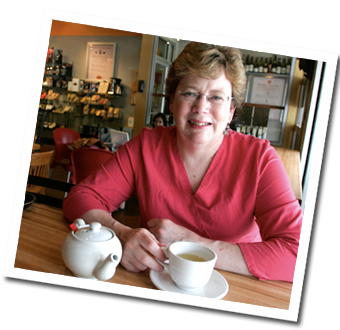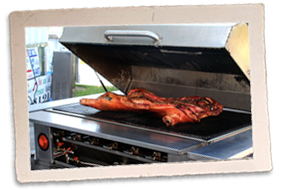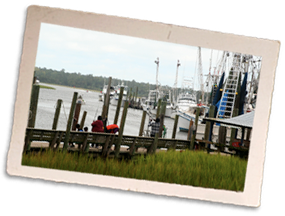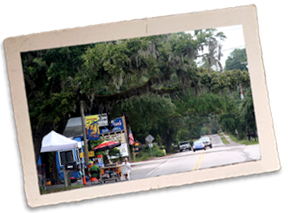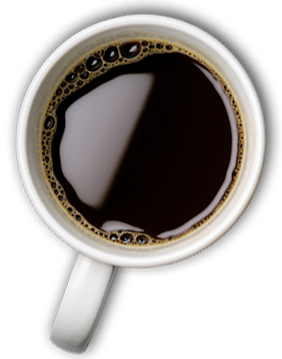By Debbie Moose BRASSTOWN, N.C. - My husband and I drove through a gray drizzle to the John C. Campbell Folk School. We looked at the wood and stone buildings, the mountains around us damp in the day's rain, and had one thought: summer camp. It was not a happy thought. Our mutual misery at childhood camps is one thing that cements our marriage. We unloaded in the chilly mist and wondered if we'd made a big mistake. But we were grown-ups now. We had means of escape if necessary. Less than 24 hours later, we knew we were in the middle of a remarkable experience - and that we'd want to have it again. The 88-year-old folk school in Brasstown, N.C., offers weeklong and weekend classes in both familiar and lesser-known folk arts. Adults can learn anything from pottery, weaving and knitting to blacksmithing, quilting and puppetry. There are classes in Scandinavian cooking, contra dance and mountain dulcimer. Watercolor, memoir writing, basketry, jewelry enameling - there are hundreds of year-round offerings, at levels from never-done-this-before to expert. A variety of classes Director Jan Davidson says that the most popular classes are blacksmithing, pottery and woodturning, followed by the music classes, which include fiddle, hammered and mountain dulcimer, pennywhistle, harmonica, mandolin and more. He'll try anything that seems to fit the folk-school idea. "We just had a great class on longbow building. We've had classes on making bamboo fly rods, and we have one or two shoemaking classes a year," Davidson says. The folk school is more than the classes; it's about the learning environment, which includes a mix of those who are experienced in a craft and those who are completely new to it. "We have a lot of people who, this is the first time they've tried a particular skill. We specialize in that, gently getting people into an activity and giving them permission to try. No competitiveness. Not just the absence of competitiveness, but cooperation," Davidson says. "People just calm down. Us big grown-ups have images to maintain, and we don't want to try stuff because we're afraid of being embarrassed by our lack of ability. But when you don't have to one-up anybody, it's a different situation." My husband, who had never done more with music than push the "play" button on a CD changer, decided to learn hammered dulcimer. My original choice of a garden sculpture class got canceled (it happens occasionally, Davidson says) so I ended up in a faux-finish painting class, which I'd never done before, either. He says most adults who attend the school are over 50, but he's also seeing younger people who want to pursue activities that don't involve computer screens and who want to create something real and tangible. The typical folk-school day combines learning and community along with really good food. In season, most of the ingredients are grown in gardens at the school. Meals are prepared from scratch, even the bread. Mornings begin, for those who want to get up early enough, with a walk and a song led by an instructor. After breakfast, there are three hours of class time, then lunch and three more hours of class. Before dinner, there is usually a demonstration by an instructor, a poetry reading or other activity. Or you can just take a nap. After dinner, there's usually an activity such as storytelling or square dancing. Some instructors let enthusiastic students back into the studios to work on projects. One evening, my husband found a pick-up volleyball game while I looked at the vegetable gardens. Students dine at communal tables and are encouraged to sit with different people and mingle. Sometimes, there's a lot of mingling. Mara Shea of Cary, N.C., who has taught Scottish fiddle at the folk school, says a couple walked into one of her classes and asked the group to play while they got married in the school's herb garden. "They had met there and wanted to come back and get married there," she says. So many relationships have started at the folk school that the staff installed a large wooden heart for couples to sign with what Davidson calls "the Sharpie of Destiny." As of March, the heart held the names of about two dozen couples. Through the eight decades of its existence, the school has stayed true to its original goals as expressed in the school motto, "I Sing Behind the Plow." John C. Campbell and his wife, Olive, were New England social reformers who came to the Appalachians in the early 1900s. They studied mountain life and culture with the goals of helping to bring educational opportunities to the area and preserving traditional crafts and folkways. They thought that a folk school, similar to ones in Denmark and Sweden, would be a way to accomplish both aims, while providing work and opportunities for area residents. After John Campbell died in 1919, Olive and her friend Marguerite Butler continued the work, and the folk school opened in 1925. "The goal is the same today in a lot of ways," Davidson says. "'I Sing Behind the Plow' is another way of saying 'I have joy in my life every day and in my work.' We're still all about that. It also implies that not only are you happy because of art, you're creating art as you go." Originally, the school operated only in winter because participants were working on farms other times of the year. Today, classes go on for 48 weeks of the year. Classes are for adults only, although there is an Intergenerational Week for kids ages 12 to 17 and their parents. There's also a Little Middle Folk School for 2nd- to 12th-graders. The school strives to have high-quality equipment and instruction, says Nanette Davidson, Jan's wife, who teaches cooking and weaving. The nature of craft "We focus on teaching strong technique," she says. "Some people may never do that craft again, but we have broadened their horizons about the nature of craft and what it takes to create. So the summer camp metaphor, we like it, but we have serious, beautiful studios. We respect the craft we're teaching. I don't like the term 'crafters'." My husband and I drove away at the end of the week with much more than instruction in our heads. I realized that I'd never paint the walls of my house to look like leather or mossy rocks, but I had so much fun with my fellow students that the subject of the class didn't much matter. Also, from the furniture-refinishing instructor, I finally found out how to remove cigarette odor from the drawers of a piece of antique furniture that I got from a chain-smoker. My husband bought a hammered dulcimer, and his enjoyment inspired me to take up the fiddle at home. Those are much better things to bring back from summer camp than chiggers. Debbie Moose is a freelance writer and cookbook author in Raleigh, N.C. When you go The John C. Campbell Folk School is in Brasstown, N.C., near Murphy in the far southwest corner of the state. It's best to fly into Atlanta, which is a 2 1/2-hour drive away. The school offers shuttle pickup at the Atlanta airport for a fee, if you don't want to rent a car. You don't really need a car while at the school, unless you want to go sightseeing. Class lists and other information are available at folkschool.org. You can also order a catalog by calling 1-800-365-5724. Students self-classify as beginner, intermediate, etc., based on guidelines for each class. Tuition ranges from around $334 to $600, including meals. Some classes have materials fees. There is an additional charge for accommodations, which range from campsites to rooms with private baths. Air-conditioned residence buildings are within walking distance of classrooms and the dining hall.
Return to Articles & Essays |
